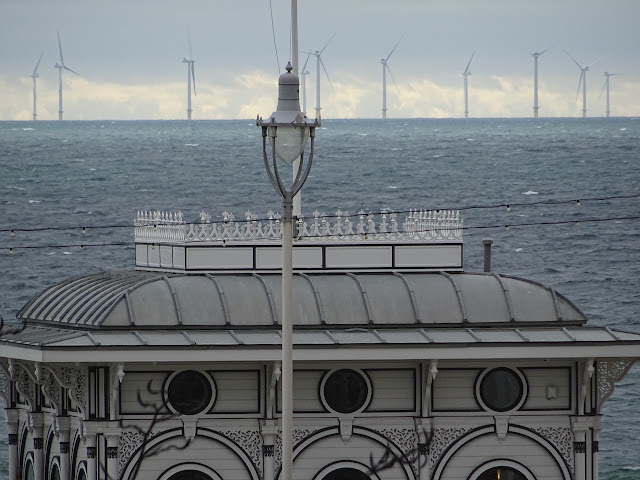Brighton Beach’s long seafront cycle lane may soon get a lot busier. Brighton & Hove City Council has agreed to apply for government approval to run an e-scooter trial, a move that could soon bring rental scooters to the city’s seafront. At a cabinet meeting on 16 October, councillors voted to seek Department for Transport consent for a scheme that would add up to 300 e-scooters to the existing Beryl bike-share programme. The cabinet report explicitly mentions that the council will ‘prioritise locations on the seafront and seek to maximise convenience for commuters with central sites near car parks, stations and bus stops.’ If successful, the trial would launch in April 2026, with a public consultation and full financial review to be completed before rollout.
The plan is part of what transport experts call ‘micromobility’ - small, lightweight vehicles such as bikes, e-bikes and scooters designed for short urban journeys. According to the CoMoUK Annual Shared Micromobility Report, more than 40 million journeys were made on shared bikes, e-bikes and e-scooters in the UK in 2023, with around one in five scooter trips replacing a car journey. The Council argues that giving residents and visitors a regulated hire option could cut emissions, reduce traffic, and displace the use of illegal private scooters.Under the scheme, up to 75 scooters would be introduced each week until the full fleet is in place. The operating zone would be smaller than the bike-share area, excluding the Undercliff and private land without consent. Thirty new parking bays are proposed, located along the seafront and at transport hubs, to prevent obstruction on pavements. Charges would be higher than for e-bikes, with an unlock fee and per-minute rate. Safety measures include speed caps, no-go zones, possible curfews between midnight and 5am on weekends, licence checks, helmet promotion and access audits of parking sites to protect disabled users.
The council report reminds councillors that privately owned e-scooters remain illegal to use on public roads and pavements except as part of authorised trials. The document then notes that many people are already using them around Brighton despite the ban, creating safety concerns and enforcement difficulties (see Brighton and Hove Police on Facebook). The trial is pitched as a way to provide a safe, regulated alternative, with proper insurance, speed limits, and parking controls - and to reduce demand for illegal private scooters. Moreover, the report highlights that most scooter collisions involve private machines, with hire schemes showing a far better safety record. Data from other trials suggests that e-scooters not only replace car journeys but can also complement public transport, making them an important tool for cutting congestion in busy coastal areas.
The application deadline is 21 October, with a decision expected in January 2026. A three-month mobilisation would then precede the launch. The scooters will be funded and owned by Beryl, and the Council anticipates no additional budget costs, with any surplus offsetting existing borrowing on the bike-share scheme.






























.jpeg)


.jpeg)










.jpeg)



